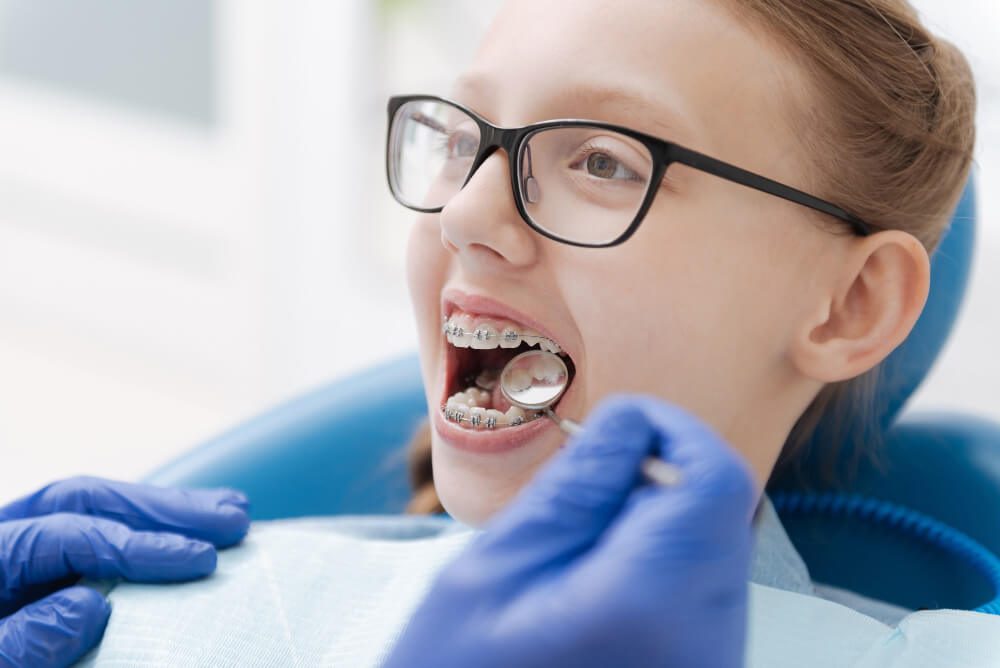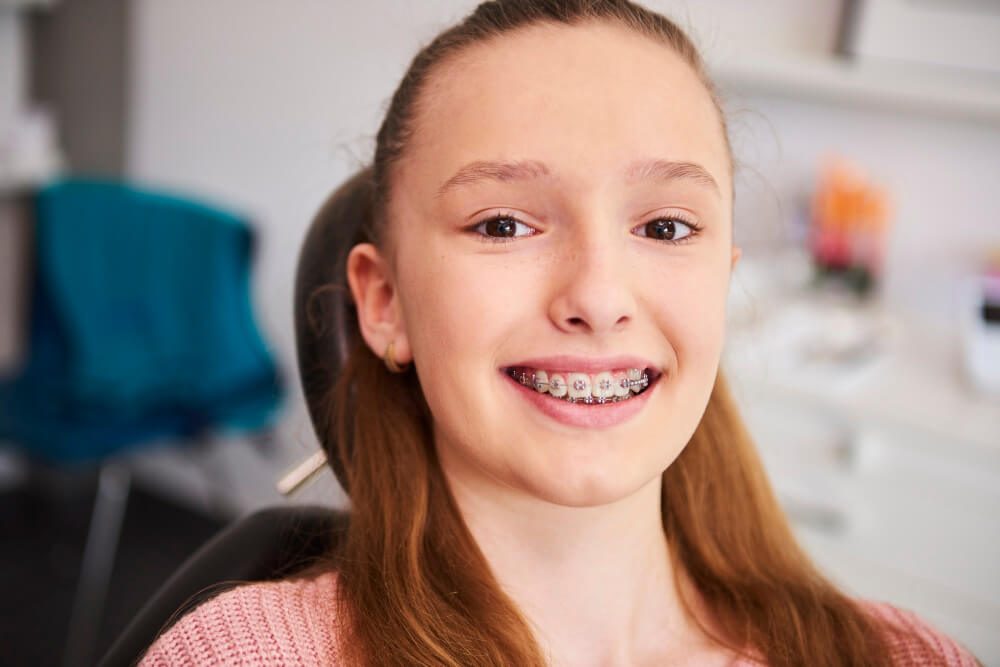Orthodontics: A Complete Guide to Straightening Your Smile

Orthodontics isn’t just about looks but function, comfort, and long-term health. If your teeth are crowded, spaced out, or your bite feels “off,” orthodontics offers more than just a straighter smile—relief, confidence, and protection for your future oral health.
Why Orthodontics Matters (More Than You Think)
You might assume that orthodontic treatment is mainly for teens or people who want a cosmetic boost. While aesthetics are a big perk, there’s more beneath the surface.
Misaligned teeth can:
- Make brushing and flossing more difficult
- Contribute to gum disease and tooth decay
- Cause jaw pain or headaches from an uneven bite
- Wear down your teeth unevenly over time
Orthodontics helps you realign your teeth and jaw, creating harmony in your mouth. It’s not just about looking good in photos—it’s about feeling comfortable when you chew, smile, and speak.
Common Reasons People Seek Orthodontic Treatment
You might be considering orthodontics for one or more of these reasons:
- Crowding: When there’s not enough space in your mouth, your teeth overlap.
- Spacing: Gaps between teeth can impact both appearance and health.
- Overbite or underbite can lead to jaw discomfort, speech issues, or worn teeth.
- Crossbite or open bite: Misalignments that affect your chewing and bite efficiency.
If any of these issues sound familiar, you’re not alone. Many adults and children seek orthodontic care yearly—not just for confidence, comfort, and health.
Your Treatment Options: It’s Not One-Size-Fits-All
Gone are the days when metal braces were the only choice. Now, you have several options based on your lifestyle, preferences, and clinical needs.
1. Traditional Braces
These are the metal or ceramic brackets and wires you might picture when you think of orthodontics. They’re highly effective, especially for complex cases.
Modern versions are more comfortable and discreet than they used to be.
2. Clear Aligners (like Invisalign)
These removable trays are transparent and custom-made, great for those wanting a subtle, flexible treatment. They’re popular with adults and teens alike, particularly if you want your everyday routine disrupted as little as possible.
3. Lingual Braces
Placed behind your teeth (on the tongue side), these braces are hidden from view but work like traditional braces. They can be more technique-sensitive and aren’t right for everyone, but they offer an aesthetic solution for those wanting something less visible.
4. Early Orthodontic Intervention (For Children)
Also known as Phase I treatment, this is designed for younger patients (typically 7–10 years old) to guide jaw growth, create space for permanent teeth, or prevent more serious issues later. Starting early doesn’t mean wearing braces for years—it often means shorter treatment down the road.

What to Expect: From First Visit to Final Smile
If you’re new to orthodontics, the process can seem daunting. But it’s surprisingly straightforward.
1. Consultation
Your first visit is all about assessment. The dentist will take scans, X-rays, and photos to view your teeth and jaw fully. You’ll also discuss what bothers you and what outcomes you hope for.
2. Custom Treatment Plan
You’ll receive a personalised roadmap that outlines your treatment steps, timeline, and care instructions. The plan is tailored to your needs, whether aligners or braces.
3. Active Treatment
You’ll visit regularly for adjustments or new aligners, depending on your treatment method. These appointments keep things moving in the right direction.
4. Retainers and Maintenance
Once your teeth are in ideal positions, you’ll likely wear retainers to prevent them from shifting back. This step is critical—and it’s lifelong in some form.
The Emotional Side of Orthodontics
Here’s something most guides don’t tell you: the emotional impact of orthodontics can be just as powerful as the physical one.
Maybe you’ve always smiled with your lips closed. You may avoid photos or feel self-conscious during conversations.
Straightening your teeth can lift those invisible barriers. Patients often feel more confident, outgoing, and like themselves after treatment.
And it’s not just about adults—children and teens benefit emotionally, too. Correcting alignment early can prevent teasing, boost self-esteem, and help them feel more confident in their growing bodies.
Is It Too Late for Orthodontics?
Absolutely not. Orthodontics has no age limit.
Many patients are adults seeking treatment they never had the chance to pursue earlier in life. Others return for refinements after previous orthodontic work that relapsed over time.
If your teeth or bite make you uncomfortable or self-conscious—whether you’re 15 or 55—now’s the time to explore your options.
Life During Treatment: What You’ll Learn to Love
Yes, there’s an adjustment period. Braces might feel tight initially, and clear aligners might take some time.
But over time, you’ll likely grow to appreciate:
- The regular dental check-ups that keep you on track
- Watching your teeth move and improve week by week
- Knowing that you’re investing in something long-lasting
Orthodontics teaches patience and self-care. It’s a process—but one that’s worth every step.
Orthodontic in Wodonga
You don’t need to wait until something hurts. If your teeth feel crowded, your bite seems off, or you wish your smile looked different—orthodontics might be the answer you’ve been looking for.
At Prime Care Dental Wodonga, we guide you through the options. With the right plan, you can move from hesitation to confidence—one smile at a time.
Ready to explore your orthodontic options? Book a consultation today and start your journey toward a straighter, healthier, and more confident smile. Your future self will thank you.
Call your Wodonga dentist on (02) 6024 1516 or visit us at 340 Beechworth Road in Wodonga.
